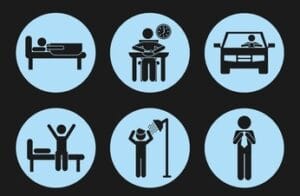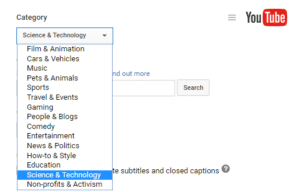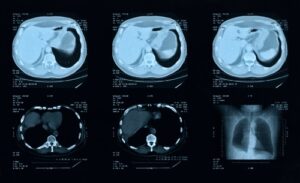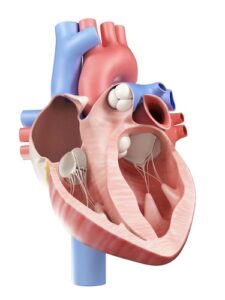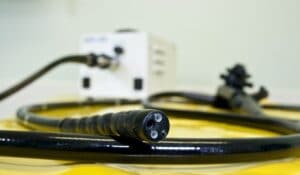
Gastrointestinal lesion detection with machine learning
Endoscopic examination is performed to disclose the lesion’s biophysical properties and assess its severity according to its physical appearance. Computer vision and machine learning put a large arsenal of techniques at our disposal. Clever utilization of these techniques enables to do just that, that is, translating expert knowledge into a fine-tuned algorithm, specifically designed for the task of GI lesion detection. The highest level of robustness, accuracy, and reproducibility is required, hence automatic methods can perform as a proper alert system for lesion detection.
Read More
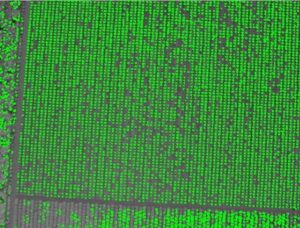
Tree Detection and Related Applications in Forestry
Using aerial images taken by drone, plane or satellite, RSIP Vision can create forestry image processing and analysis software to efficiently determine: Trees detection Automatic
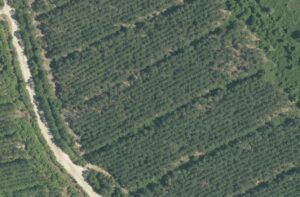
Forestry Row Detection and Related Applications
RSIP Vision creates forestry image processing and analysis software by using aerial images taken by drone, plane or satellite. Our algorithms enable to efficiently determine:
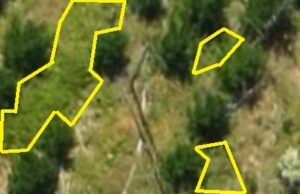
Bounded Objects Detection and Related Applications in Forestry
Using aerial images taken by drone, plane or satellite, RSIP Vision develops software for image processing and analysis in forestry to efficiently determine: Forest border
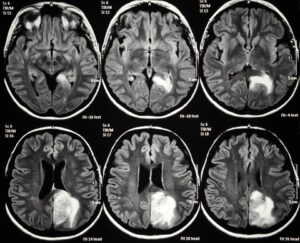
Brain Lesion Detection in MRI Images
Individuals diagnosed with central nervous system (CNS) tumors often suffer from disabilities caused by dysfunctional neurological state and deterioration in systemic activity, leading to relative short expected life-span post diagnosis. Automated segmentation of irregular 3D shapes from MRI volumetric data assists oncologists in their prognosis of these lesions. AI-based methods based on deep learning methodologies, together with imaging techniques in brain lesion detection have been demonstrated in numerous applications to perform accurately and robustly to support the physician.
Read More
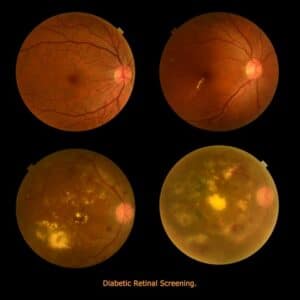
Automatic Lesion Detection in Fundus Images
Diabetic Retinopathy (DR) is an eye disease resulting from long-term diabetic condition. About 80% of long-term diabetic patients suffer from some degree of DR, which
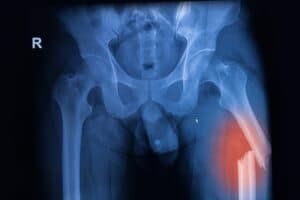
3D Reconstruction for Bone Alignment
Advances in vision-based medical imaging have completely transformed orthopedic surgery planning and operation procedures. A practical example is a high-impact femur fracture, resulting in a noticeable separation into two segments of the femur. Surgery in such cases requires initial alignment of the proximal and distal parts of the broken bone, followed by insertion and securing of a nail. In RSIP Vision’s solution, image features are matched to a pre-designed flexible geometrical model of the bone.
Read More
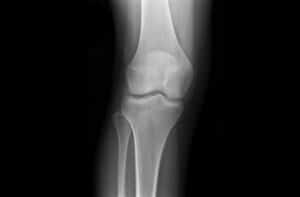
Bone segmentation in orthopedic surgery
Incorporation of new visualization technologies and planning methodologies shortens examination, planning and operation procedures in orthopedic surgery, while retaining the high standard of accuracy that are required in these common practices. Innovative algorithmic techniques, relying on image processing, computer vision and machine learning are increasingly utilized and have gained approval by regulatory bodies such as the FDA, leading to what is better known as Computer Assisted Orthopedic Surgery (CAOS) procedures. This requires accurate bone segmentation, better performed using the method which we recommend.
Read More
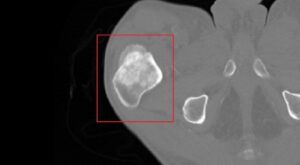
Detection and quantification of bone cancer
Metastatic bone malignancies arise following prostate cancer (80% of cases, with 3% five-year survival rate), breast cancer (with no cure) or lung cancers (with 11% two-year survival rate). Bone metastases affect more than 400,000 people annually in the United States with frequent occurrences among patients undergoing irradiation and secondary effect to other treatments. Detection of skeletal metastases has a major impact on devising treatment strategies and prognosis. The solution offered by RSIP Vision produces 3D surfaces of bones and other skeletal-related structures to detect and quantify primary and metastatic bone cancer.
Read More
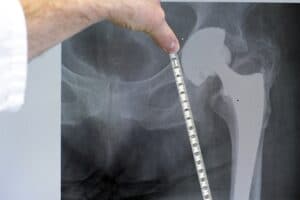
Point and surface registration in orthopedics
Point and surface registration enable computer vision and image processing to improve surgical orthopedy practices and affect surgery outcome recovery. Bringing point and surface registration in the field of orthopedics, computer vision and image processing hold the potential to improve surgical practices and affect surgery outcome to favor the benefit of patients and fast recovery. Measurement accuracy (within less than 1 mm) is a strict constraint to computer-vision-based algorithms.
Read More

